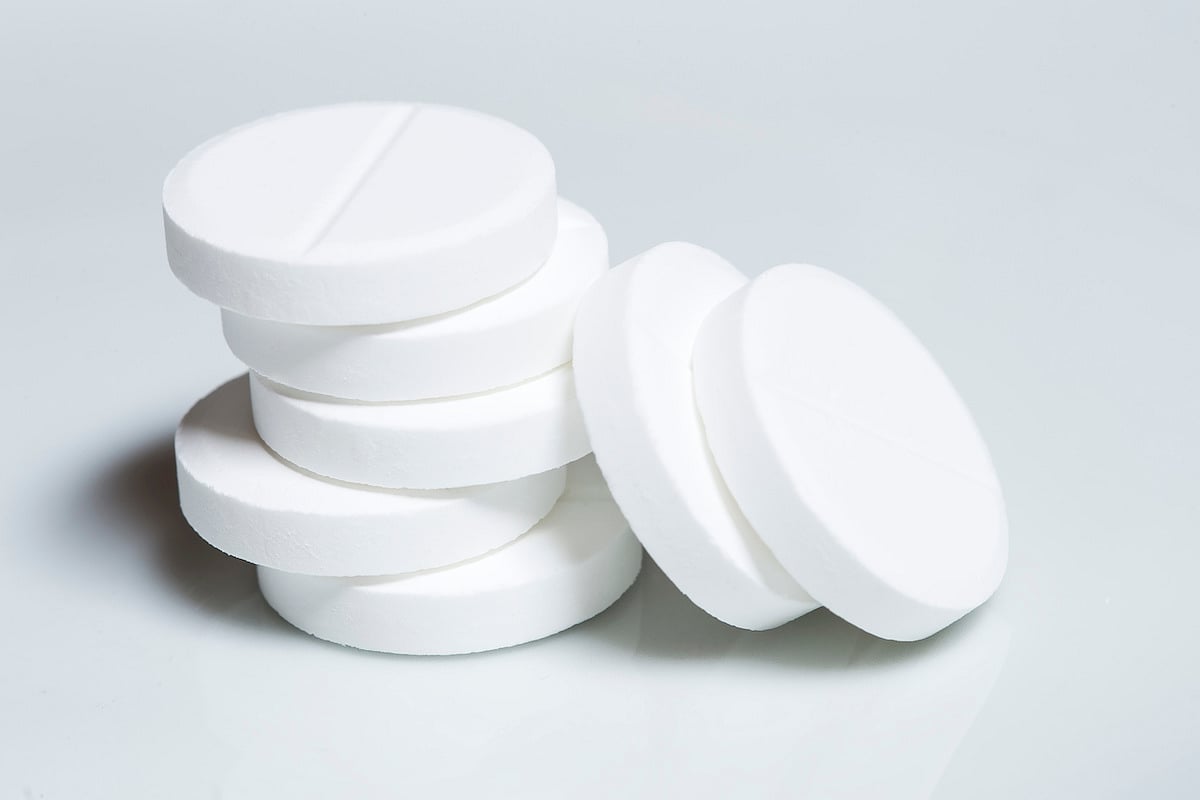Photo Credit: Md Babul Hosen
The following is a summary of “Sustained Drug-Free Remission in Giant Cell Arteritis,” published in the November 2024 issue of Rheumatology by Narváez et al.
Researchers conducted a retrospective study to evaluate the frequency and timing of sustained drug-free remission (SDFR) in patients with giant cell arteritis (GCA).
They conducted a retrospective review of patients from the large Spanish multicenter ARTESER registry with at least 2 years of follow-up. SDFR was defined as the absence of typical signs, symptoms, or other features of active GCA for ≥12 months after treatment discontinuation.
The results showed 872 patients were included, with 47% receiving concomitant treatment with tocilizumab and/or immunosuppressants, mainly methotrexate. SDFR was achieved in 21.2% (185/872) of patients. The cumulative rates of SDFR at 2, 3, and 4 years were 6.3%, 20.5%, and 25.3%, respectively. Patients who achieved SDFR reduced their prednisone dosage to 10 mg/day (P = 0.090) and 5 mg/day (P = 0.002) more quickly. Relapses were less frequent in SDFR patients (P = 0.006). Relapses (IRR: 0.492, P < 0.001) and the need for intravenous methylprednisolone boluses (IRR: 0.575, P = 0.003) were associated with a decreased likelihood of SDFR. Only 5 patients (2.7%) experienced recurrence, with a median onset of 19 months (IQR: 14–35 months).
They found that only 1-quarter of patients with GCA achieved SDFR within 3–4 years. Relapses and the need for glucocorticoid boluses predicted long-term glucocorticoid use, while the likelihood of recurrence was low after achieving SDFR.
Source: academic.oup.com/rheumatology/advance-article-abstract/doi/10.1093/rheumatology/keae644/7908994














Create Post
Twitter/X Preview
Logout